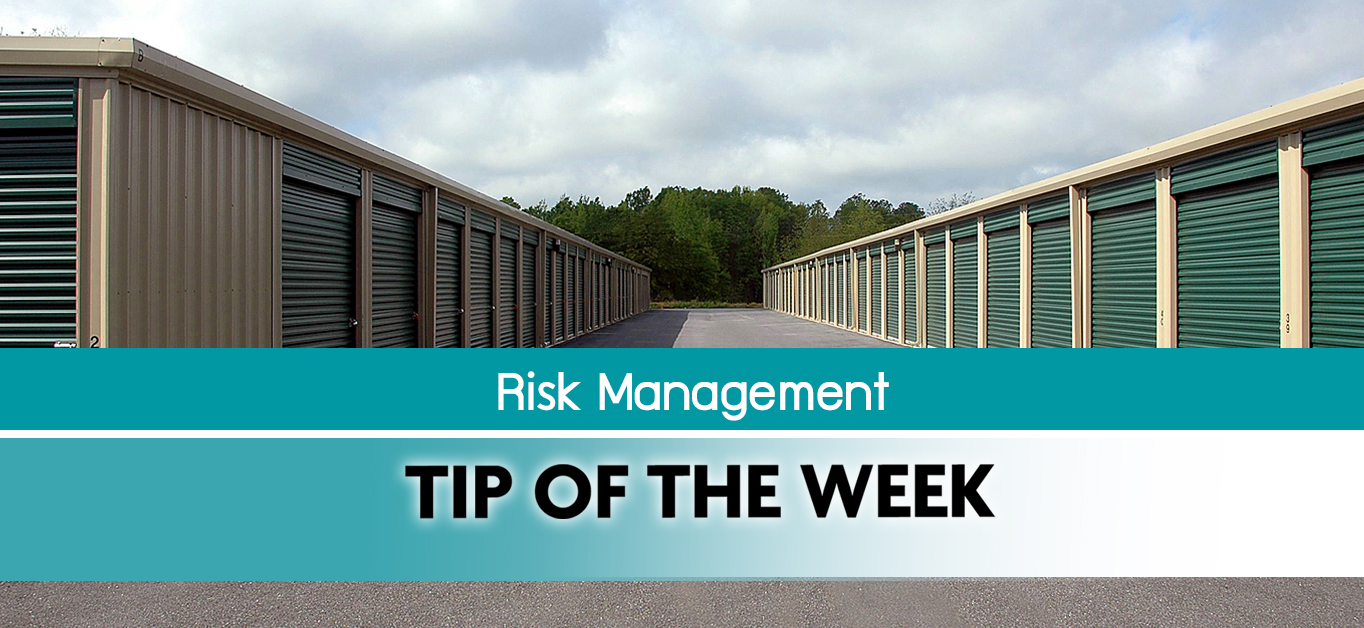Over the past five years, all 50 states have experienced floods or flash floods, and, on average, more deaths occur due to flooding each year than any other weather-related hazard. Safety precautions during floods should include considerations for electrical safety. Guidance from the Electrical Safety Foundation International (ESFI) includes the...









